What is happening in the AI space lately? The 21st century has witnessed the emergence of many technological marvels. But so far, none has come close to artificial intelligence. Although it is still in its early stage of evolution, artificial intelligence has revolutionized how we interact with the world around us, from the mundane tasks of everyday life to the most complex problems facing humanity.
If you have been using Siri on your Apple iPhone, or Google Assistant, you might have an idea of how artificial intelligence works. But if not, this article will discuss the AI space, its basics and its impact on society.
What Is Artificial Intelligence?
Artificial intelligence is the development of computer systems that can perform tasks that normally require human intelligence, such as speech recognition, visual perception, natural language processing, and decision-making. Artificial intelligence systems are fed large amounts of data which they analyze for correlations and patterns and then make predictions based on those patterns.
Understanding Artificial Intelligence (AI)
The first thing that comes to most people’s minds when they hear the word artificial intelligence is typically robots. That’s because science fiction movies and books tell stories of human-like machines that destroy the planet and wipe off the human race.
While we can’t rule out the possibility of such events, currently, artificial intelligence is in its early stages, and all we can do is wait and see. It is important to note that although artificial intelligence is meant to improve the way of life, it can also be used to do despicable things.
Artificial intelligence is founded on the idea that human intelligence can be described in a way that makes it simple for a computer to mimic it and carry out activities of any complexity. It aims to emulate cognitive processes in humans. When it comes to concretely defining processes like learning, reasoning, and perception, researchers and developers in the field are making unexpectedly quick progress.
Some people think that soon they might be able to create systems that are better than what humans are currently capable of learning or understanding. Others, however, are still dubious because when people think, they use their personal opinions, which can be influenced by experiences. To understand how AI works, let’s look at types of artificial intelligence.
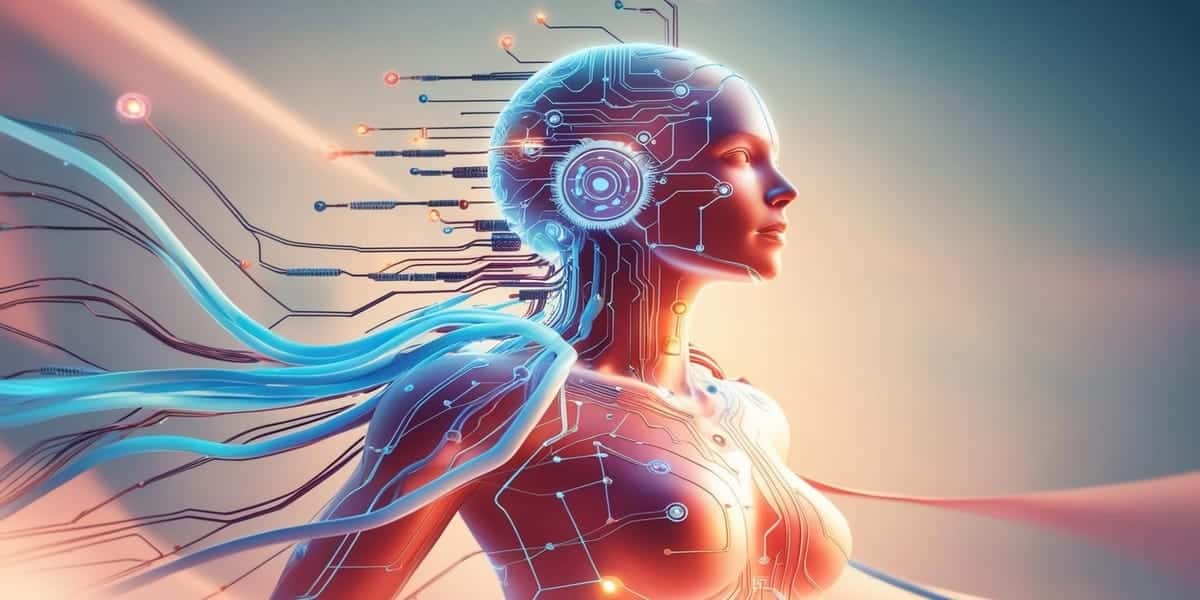
Types Of Artificial Intelligence
Artificial intelligence can be categorized into two groups based on capabilities and functionality.
Based on capabilities
- Weak AI
- General AI
- Super AI
Based on functionality
- Reactive machines
- Limited memory
- Theory of mind
- Self-aware AI
Weak AI (Narrow AI)
Narrow AI is a form of artificial intelligence designed to perform specific tasks and simulates human cognition. It cannot act beyond its field because it is designed for a particular task. All available artificial intelligence systems fall under weak AI.
Examples of weak AI
- Autonomous vehicles, drones, robots, and boats.
- Chatbots and virtual assistants like Alexa, Google Assistant, and Siri.
- Image and facial recognition systems.
Artificial General Intelligence (AGI)
General AI systems can perform intellectual tasks that humans are capable of. Although no such AI systems exist, the idea is to develop a system that would think and solve problems like humans.
It’s important to note the broad intellectual capacities of AGI would surpass human capabilities because of its ability to access and process massive data sets at high speed.
Artificial Super Intelligence (ASI)
Super AI is a system with intellectual powers that surpasses human intellectual abilities. ASI systems can think, solve a puzzle, reason, plan, learn, make judgments, and communicate independently.
Although ASI is a theoretical concept for now, in the next decade or two, it could be a possibility.
Reactive Machine
This is the first type of artificial intelligence based on functionality. Reactive machines are the primary type of AI and are characterized by lack of memory of past experiences to perform future actions. Given a particular input, the output is always the same.
Examples of reactive AI are the likes of Google AlphaGo and IBM’s Deep Blue machine that defeated grandmaster Garry Kasparov in a chess game in 1997. However, due to its reactive nature and the lack of memory, reactive AI is very limited. To solve that problem, researchers developed the following type of artificial intelligence.
Limited Memory Machine
Limited memory machines are more advanced than reactive machines. They have memories of past experiences or data, though for a limited period. Limited memory AI is used in recommendation engines, fraud detection, and self-driving cars. For instance, a self-driving car can remember the speed limit, the speed of the nearby vehicle, and the following distance.
Theory Of Mind
Theory of mind capacity refers to the AI machine’s ability to understand and predict people’s behavior by modeling their thoughts, emotions, and beliefs. These machines would have the ability to interact socially like humans. Although this seems far-fetched, Emotion AI, which falls under the theory of mind AI and is currently under development, has the potential to stimulate, identify, monitor, and respond appropriately to human emotion by analyzing images, voice, and similar data. These capabilities will revolutionize fields such as sociology, psychology, and economics.
Self Aware Artificial Intelligence
Self-conscious machines are the future of artificial intelligence, but they are still theoretical. The systems would be aware of their internal state and the state of others and have the ability to think and reason. It would be at par with human intelligence and can mimic the same emotions, desires, or needs.
This kind of artificial intelligence is far from reality, for there are no algorithms or hardware for such. Again little is known about the human brain to develop an artificial intelligence system that is nearly as intelligent. However, considering the pace at which the industry is growing, this might happen sooner than we think.
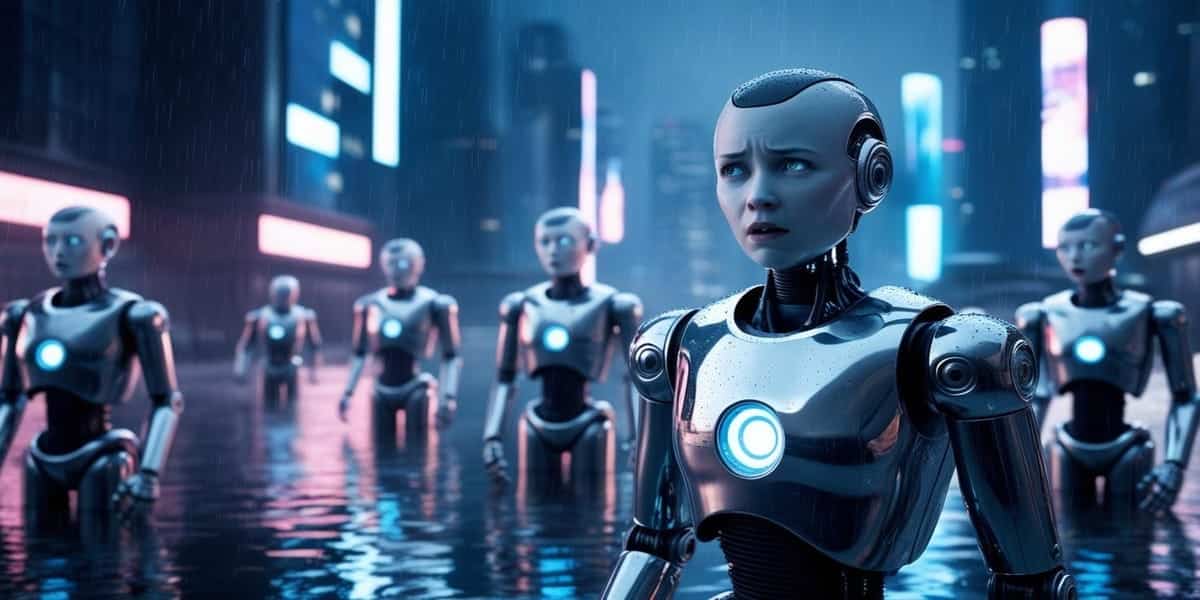
Branches Of Artificial Intelligence
There is a broad set of artificial intelligence techniques that can be employed to solve real-life problems. These techniques are commonly referred to as branches or subfields.
Let us delve into the major branches of AI.
1. Machine Learning
Machine learning is a technique that allows machines to learn from historical data and experiences without being programmed. It involves the development of algorithms that enable systems to learn from data, identify patterns, make predictions, and improve their performance automatically.
Machine learning can further be divided into three groups;
- Supervised learning – This is a type of machine that uses training data to predict outcomes. Supervised learning can be classified further into classification and regression.
- Unsupervised learning– This type of learning involves algorithms that train on unlabelled data. The agent analyzes datasets to learn patterns without corresponding output values. Unsupervised learning can further be divided into clustering and association learning.
- Reinforcement learning – In reinforcement learning, a machine is trained to complete multi-step processes with guidelines. The algorithm is developed to accomplish a command and give it a positive or negative signal to act as the algorithm executes. The machine then uses the feedback to improve performance.
Reinforcement can further be divided into positive and negative reinforcement learning.
2. Deep Learning
Deep Learning is another technique of artificial intelligence that uses neural networks on high-dimensional data to perform complex problems. It is an advanced field of Machine Learning based on creating artificial neural networks capable of learning and processing vast amounts of data to solve more advanced problems.
Deep Learning is used in image and speech recognition algorithms such as self-driving cars and virtual assistants like Google Assistant, Alexa, and Siri.
3. Natural Language Processing (NLP)
NLP is the processing of human language by machines. The machine is taught to understand and interpret human language and generate human-like responses. NLP-enabled tasks include sentiment analysis, text translation, and voice recognition.
4. Robotics
Robotics is a technique of artificial intelligence that focuses on the study, designing, and manufacturing of robots. The developers design algorithms that enable robots to perceive their environment, make decisions, and perform tasks autonomously.
Robots are often used to do complex or dangerous tasks for humans. For example, robotic-assisted surgeries enable sophisticated treatments with less downtime. Also, some car-producing companies use robots to assemble vehicles due to their effectiveness.
5. Expert Systems
Expert system is another AI technique where a computer system learns from human experts and programs the knowledge into a system. It then uses the knowledge in decision-making to solve complex problems and doesn’t rely on conventional procedural. An example of an expert system is the suggestion for spelling errors while typing by Grammarly. Expert systems are also used in information management, virus detection, medical facilities, and loan analysis.
6. Machine Vision
Machine vision enables a machine to recognize objects by capturing and analyzing visual information. It uses video cameras, analog-to-digital conversion, and digital signal processing.
7. Speech Recognition
Speech recognition is the ability of a machine to identify and understand spoken words and convert them to a readable format. The software algorithms are trained on various speech patterns, languages, accents, and speaking styles. Speech recognition software uses algorithms to process, interpret and convert spoken words into text by;
- Analyzing the spoken word and breaking it into parts.
- Converting it into a digitally readable format and match it to the most reasonable representation using an algorithm.
Note: Speech recognition is different from voice recognition. Voice recognition involves identifying an individual voice.
Advantages Of Artificial Intelligence
Artificial Intelligence aims to enable computers to work independently. As such, it has its own benefits and drawbacks. Here are the main advantages and disadvantages of AI in 2023:
- Increased efficiency and productivity – The main benefit of implementing AI in your business will be efficiency and productivity. AI handles tasks quickly and on a large scale. This allows the human workforce to concentrate on high-value tasks that AI can’t handle.
- Reduced cost of doing business – AI technology has proved to think and act first than humans do. AI can handle mundane and repetitive tasks more efficiently. Therefore business owners need to hire only professionals to handle the work that AI can’t handle.
- 24/7 availability – An average human works eight hours a day but takes several breaks reducing the number of productive hours. Studies have shown that humans are productive for only 3 to 4 hours a day. But AI can work continuously without breaks, saving time and increasing efficiency.
- Reduction of human error – Decisions made by AI are a result of data previously fed and a set of algorithms. When programmed with accurate data, artificial intelligence systems can function with 100% accuracy.
- Reduced risks for humans – Artificial intelligence can be deployed to counter high-risk problems such as defusing bombs and exploring the galaxy.
Disadvantages Of Artificial Intelligence
- High costs are incurred in developing and operating AI systems.
- Lack of creativity – While artificial intelligence technology can do repetitive tasks efficiently, it lacks creativity and ability to think. Therefore it cannot perform tasks that require new ideas and originality.
- Job loss – AI technologies such as robots and chatbots are increasingly replacing humans in the workplace. For instance, car manufacturers use robots to assemble cars as they are more effective at lifting and assembling. Humans previously did these jobs.
- Security risks – Like most technologies, AI can be vulnerable to cyberattacks, posing a threat to privacy and security.
Application Of Artificial Intelligence
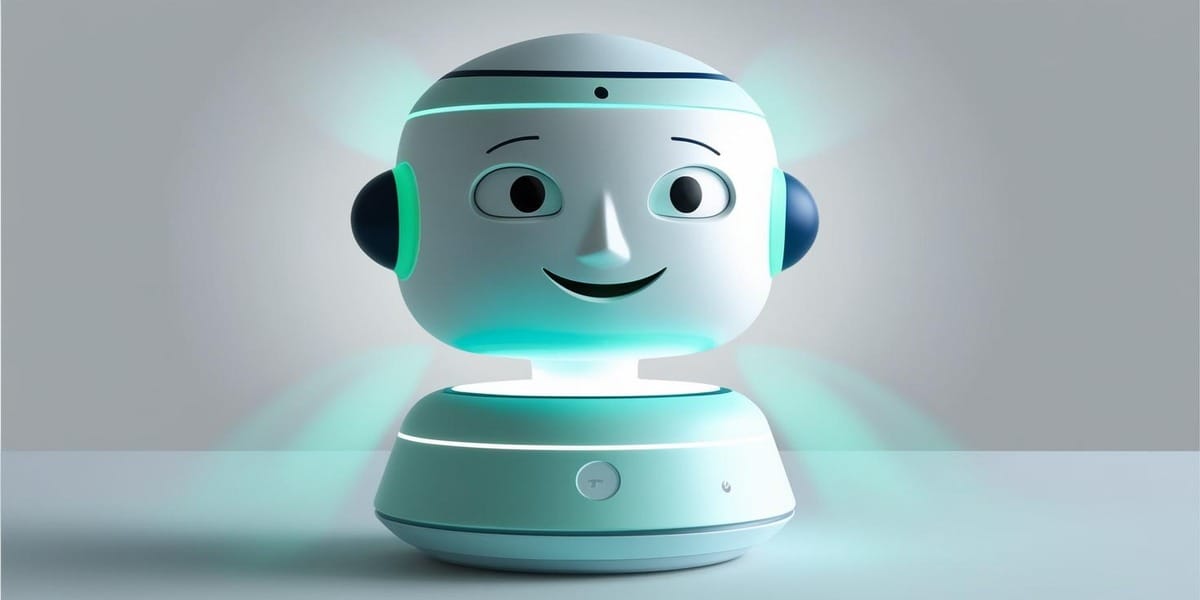
Artificial intelligence has revolutionized our way of life, and we can expect to see more in the near future. Outlined below are instances where AI is already being applied:
● Virtual assistants
Virtual assistants such as Alexa, Siri, and Google Assistant are great at improving user experience. They can help with setting reminders, playing music, making phone calls, and even controlling home devices.
● Healthcare
Artificial intelligence is making a great impact on health care. It has been used in molecular and genetic testing, imaging, diagnostic code analysis, and robotic-assisted surgeries.
It is also used to make more accurate diagnoses, predict the onset of diseases, and create personalized treatment plans based on individual patient data.
● Online Shopping
Virtual shopping assistants and chatbots help improve the user experience by answering questions and making suggestions. This way, shoppers can find items that match their preferences and shopping history, easing the shopping experience.
● Transportation
The transportation industry is also making strides with the help of AI. The development of self-driving cars will improve road safety and reduce traffic congestion. It also helps optimize delivery routes and reduce shipping costs for businesses.
● Finance
Fraud detection, algorithmic trading, and customer service chatbots are improving efficiency and security in the world of finance. Banks leverage AI to monitor transactions at a real-time pace, identify shady activity, and avoid fraud and money laundering. AI systems are used to create algorithmic trading systems that make investment decisions based on market data and trends.
● Entertainment
AI is changing the face of entertainment through content generation, customized recommendations, and interactive experiences. Netflix and other streaming services are implementing artificial intelligence (AI) to recommend movies and television shows to users based on their viewing history. Similarly, AI helps create realistic visual effects in movies and video games.
Recent Happenings in the Artificial Intelligence Space
OpenAI Launches a Tool that can Uncover AI-generated Text
The development of generative AI models such as ChatGPT has raised ethical as well as societal concerns regarding their use. Some people are concerned that such models could be used to generate misinformation or used by students to cheat. In response, OpenAI launched a tool to help people detect text generated using generative AI models such as ChatGTP.
According to a paper from the Middlebury Institute of International Studies, there are possibilities that GPT-3 can generate text that has the ability to radicalize people into extremist ideologies. Initially, OpenAI was developed to promote friendly AI to benefit the human race. As such, OpenAI must ensure its creations are safeguarded to prevent or at least minimize their use for harmful purposes.
OpenAI claims that its newly launched tool can distinguish texts generated by AI from those written by humans. However, this tool is still in its infancy, so it cannot be relied upon.
Besides, users have noticed that OpenAI’s tool only identifies 26% of AI-generated text in English. OpenAI has also indicated that 9% of the time, the tool falsely classifies human-written text.
AI-Powered Robotic arm, FRIDA, Collaborates With Artists to Create Art
According to a press release, researchers from Carnegie Mellon University have developed an AI-powered robotic arm that can collaborate with humans to create art. FRIDA stands for Framework and Robotics Initiative for Developing Arts and is the latest technological advancement to shock the world after ChatGTP. With the help of simple text prompts, FRIDA is able to put a brush on a canvas and generate a unique painting.
Google has Unveiled the Latest AI Enhancements to its Search and Maps
During an event in Paris, Google unveiled the latest AI advancements to its Search and Maps. This comes after Microsoft integrated OpenAI’s models into its products. In the recent past, Microsoft announced it would integrate a new version of OpenAI’s ChatGPT chatbot based on GPT-4 into the Bing search engine and Edge browser.
Google is allegedly planning to deploy solutions more quickly by speeding up its AI review process. This could lead to the company releasing unsafe products to the market.
EU and the US Sign an Agreement to Explore Ways in Which AI Can Be Used to Improve Lives
Recently, the European Union and the United States of America signed an administrative agreement to fasten the progress of Artificial Intelligence. The agreement was termed “the first sweeping AI agreement between the US and Europe” and aims to improve healthcare, emergency response, agriculture, and climate forecasting.
This agreement is expected to deepen transatlantic scientific and technological research. Many believe this may be the fourth industrial revolution and that with rapid advances in Artificial Intelligence, it’s important to uphold fundamental principles.
AI Space Ethics and Safety
As AI systems have become more capable and pervasive, there are more discussions about the ethics and safety of AI technology. Key areas of concern include:
Bias
AI models may perpetuate and amplify the bias present in the training data, which may result in unfair or discriminatory outcomes. This scenario happens when the data that is used to train AI systems may be biased regarding our society, so these algorithms may discriminate against certain groups.
For instance, training Amazon’s recruitment tool on historical hiring data that favored male candidates led to discrimination against women. This led to the AI marking down CVs that contained the word “women’s” or that indicated attendance at women’s colleges.
Job Displacement
AI-based automation can perform tasks that humans used to do, potentially causing mass displacement across industries.
For instance, the popularity of AI-enabled chatbots in customer service means that fewer human support agents will be needed. Likewise, self-checkout units in stores have reduced the demand for cashiers.
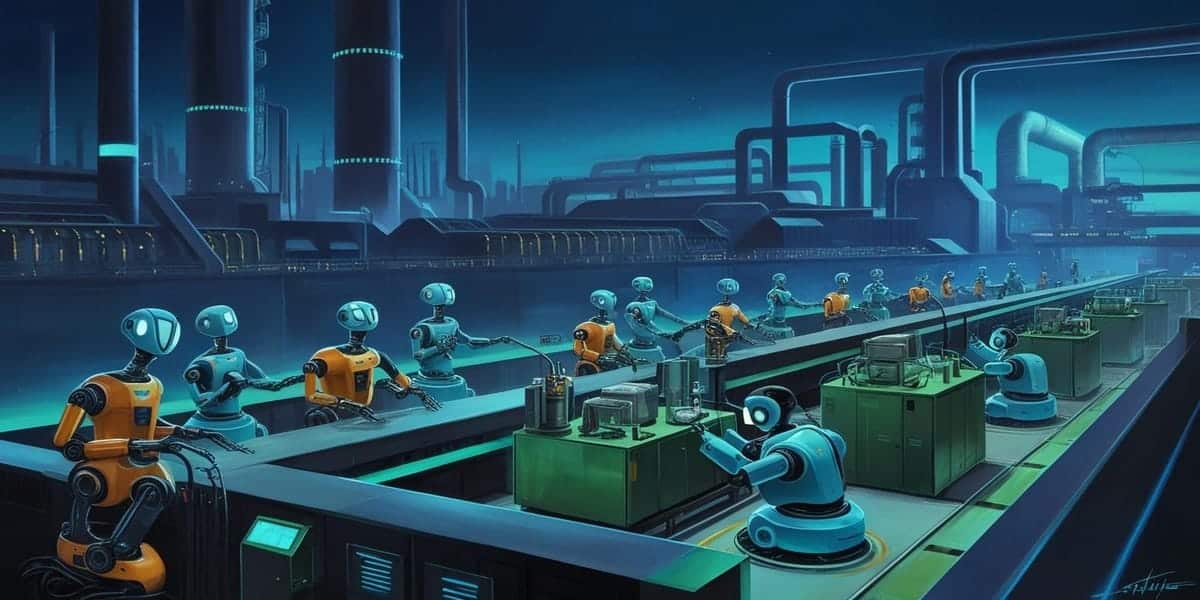
Misinformation
AI creates realistic content that could be abused for misinformation, including deepfakes. Deepfake videos have been used during political campaigns to perpetuate false narratives that can shape election outcomes. Fake news articles generated by AI can similarly mislead people and harm reputations.
Security
Exploitable vulnerabilities in AI systems can be used for cyberattacks, privacy breaches, and other malicious uses. Tricking AI-powered facial recognition systems into misidentifying individuals is possible, leading to security breaches. Furthermore, adversarial attacks can target AI Systems, creating malicious inputs intended to cause the AI to make incorrect predictions or decisions.
AI Space Regulation
States and groups across the world are looking into and enacting AI regulations. The purpose is to encourage innovation while minimizing the risks. Important regulatory points to consider are:
- Data Protection: Ensuring responsible collection, storage, and use of personal data in AI systems and protection of individuals’ privacy rights. The European Union’s General Data Protection Regulation (GDPR) puts strict regulations on the processing of personal data, and the act requires entities to gain consent from individuals before collecting their information.
- Transparency and Explainability: Promoting the transparency of AI algorithms and decision-making processes to ensure that AI systems are understandable and accountable.
- Accountability: Clear lines of responsibility ensure that those who have developed and deployed AI systems take responsibility for the harmful effects.
- Bias Mitigation: Using techniques to identify potential biases in AI systems and take action to mitigate them to avoid discriminatory results. To mitigate these biases in AI systems, there are methods to expand the training data and algorithms to reduce bias (e.g., adversarial training, fairness-aware machine learning).
Final Thought
Artificial intelligence has and will continue to impact our lives in various ways through automation. While we are probably far from creating self-aware AI systems, we can expect more advanced systems in the next decade. But before we get there, we can still utilize what we have to improve our lives and businesses, right?
Before you leave, check our list of collaboration software that will make your work as a team smoother. You can contact us or leave us a message on Facebook, X (Twitter), or LinkedIn to learn more about our manual link building strategies.
Images are AI generated with canva.com

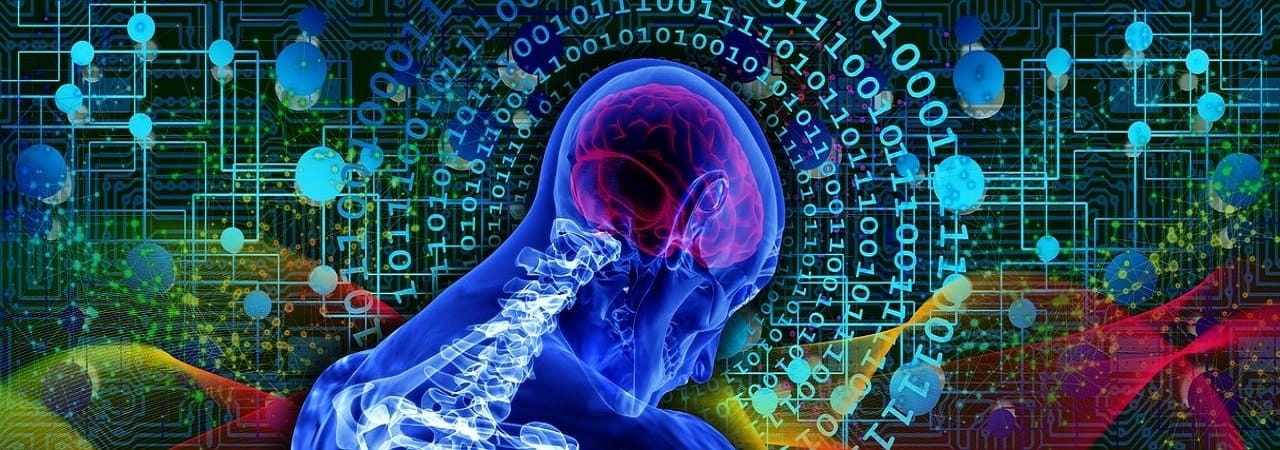

SDK vs. API: The Key Difference Explained with Examples
Simple Tips to Protect Your WiFi Network From Hackers